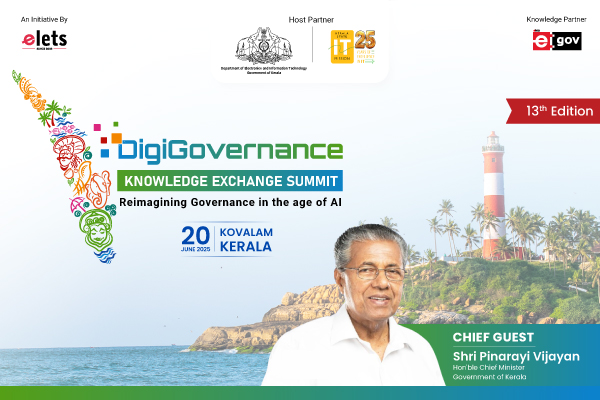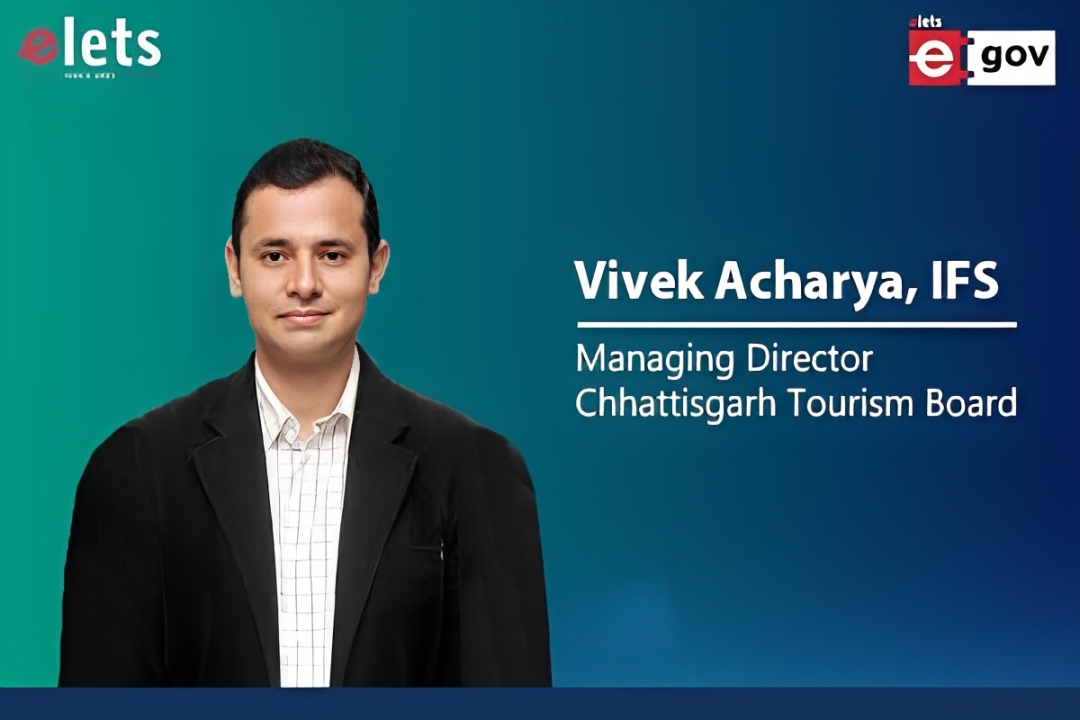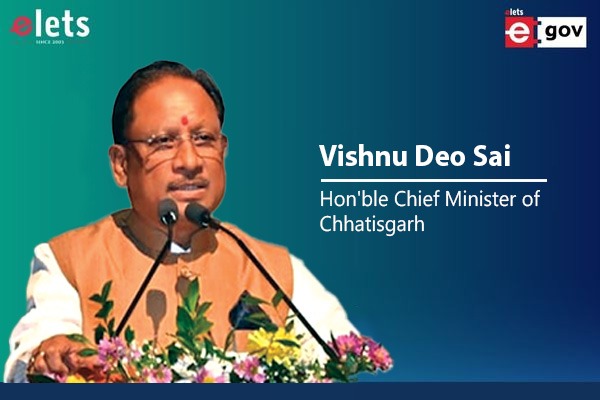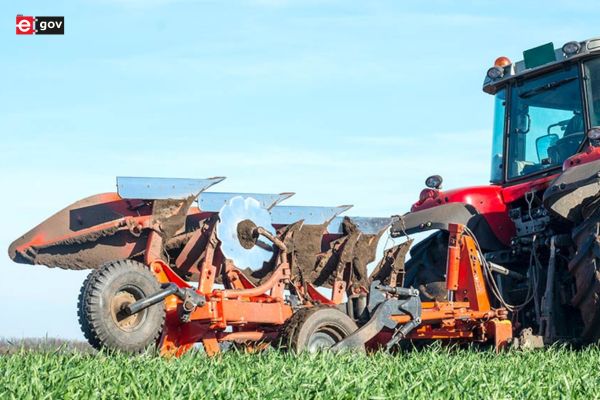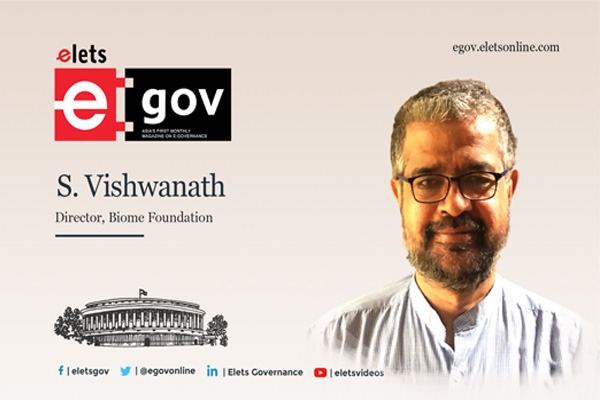
In the era of the ‘Anthropocene’, water will be at the heart of the impact of climate change. Adaptation and preparing for increasing variability will be necessary for water managers and those responsible for water governance in urban India. A river basin level approach where the city works to protect catchments ensuring quantity and quality of flows in rivers and also works to provide treated used water for basin level use such as agricultural, environmental and urban-industrial will be an imperative.
India has already launched an ambitious project to get a functional tap to every household and this is a time for large scale impact and change. Getting water supply and sanitation services is perhaps one of the most gender positive infrastructural service delivery, relieving the burden of waiting and carrying water to households as also reducing the disease burden associated with bad water and sanitation systems.

What will be the efficiency measures needed to be in place to prepare for this future?

The first goal of water supply and sanitation is universal coverage. Some water for all rather than all water for some. These metrics should ideally be measured democratically in an open transparent manner. At a ward level, discussions and indicating status of connections for the particular ward in a ward-sabha would be best. Barriers to connection – whether legal, financial or technical can be overcome through discussions and fine-tuning policy. Special attention is needed for the poorer sections of the populace, those living in informal settlements and those who are homeless or migrants. The second goal is institutional strengthening. Institutions, whether parastatal or local, should have the requisite human resource capable of designing, implementing and managing water and sanitation facilities. Only a strong water supply institution can deliver water and sanitation facilities to all.

The third goal is perhaps the technical goal. Multiple sourcing of water, from river sources or reservoirs, from groundwater, from rainwater and from treated used water, will become the way to de-risk water from the impact of climate change. Water is piped, supplied in tankers and taken from the ground through tube-wells and bought in plastic bottles or barrels. While multiple sourcing of water exists already in practice, it is more a question of self-provisioning in the absence of the state to supply piped water. A formal system of understanding ALL sources of water and putting in place a decentralized technical management and governance framework will be the way ahead for the future.

The basic elements of metering – at bulk level and at retail level will be necessary and essential to understand consumption and to send signals for demand management.
The fourth goal is financial efficiency. A system of tariff which captures the human right to water but also the nature of it being an economic good will need to be put in place. An increasing block tariff with cross subsidization of domestic consumption through higher pricing for commercial use will need to be put in place based on the local context.
The polluter pays principle will need to be followed through with cost recovery of collection, conveyance and treatment of domestic sewage and commercial and industrial effluents.
The fifth goal would be legal efficiency. Without a legal framework, connections to all households may become difficult.
Building bye laws and other regulations are already making rainwater harvesting, aquifer recharge, setting up of wastewater treatment plants for apartments and industries, the use of water efficient fixtures, the reuse of treated wastewater with zero liquid discharge, the use of automatic level controllers mandatory. A whole slew of legal obligations will make the sustainable and efficient use of water more likely.
Also Read | Managing Urban Water & Sanitation Using PAS
The last goal is ecological. Lakes, wetlands, streams and rivers in urban areas will need to be protected, rejuvenated and restored. A vibrant city will need these socio-ecological spaces for the ecosystem services they provide but also the socio-cultural and recreational facilities they offer. Aquifers are the bearers of groundwater and often neglected as a resource. Both shallow and deep aquifers will need understanding, protection and management. City master plans and building bye laws will need to ensure that areas of high groundwater potential are recognized as environmentally important zones. Basement and underground construction will need to be regulated based on the presence or absence of aquifers.
Conclusion:
A water efficient city is not merely a technical construct. It is primarily a socio-ecological construct with technology to support equitable and just distribution of the resource and the protection of what is environmentally fragile. The best water efficient cities are those that deliver services of water and sanitation to all, mitigate against drought and floods and finally celebrate water in its biodiversity enhancing, aesthetic, cultural and spiritual forms. Our citizens and our cities deserve such urban spaces.
Views expressed by S. Vishwanath, Director, Biome Foundation.
Be a part of Elets Collaborative Initiatives. Join Us for Upcoming Events and explore business opportunities. Like us on Facebook , connect with us on LinkedIn and follow us on Twitter, Instagram.
"Exciting news! Elets technomedia is now on WhatsApp Channels Subscribe today by clicking the link and stay updated with the latest insights!" Click here!




